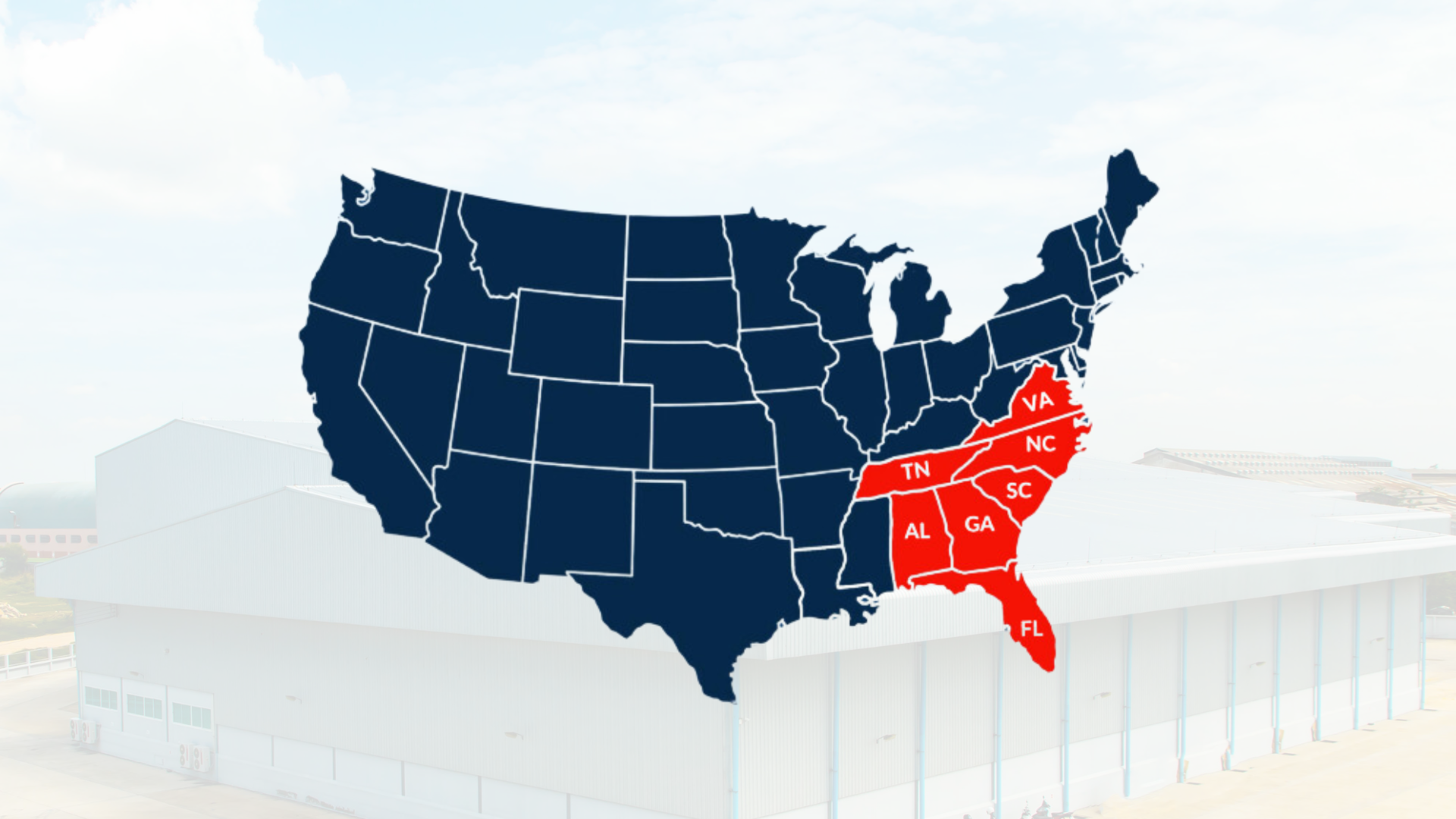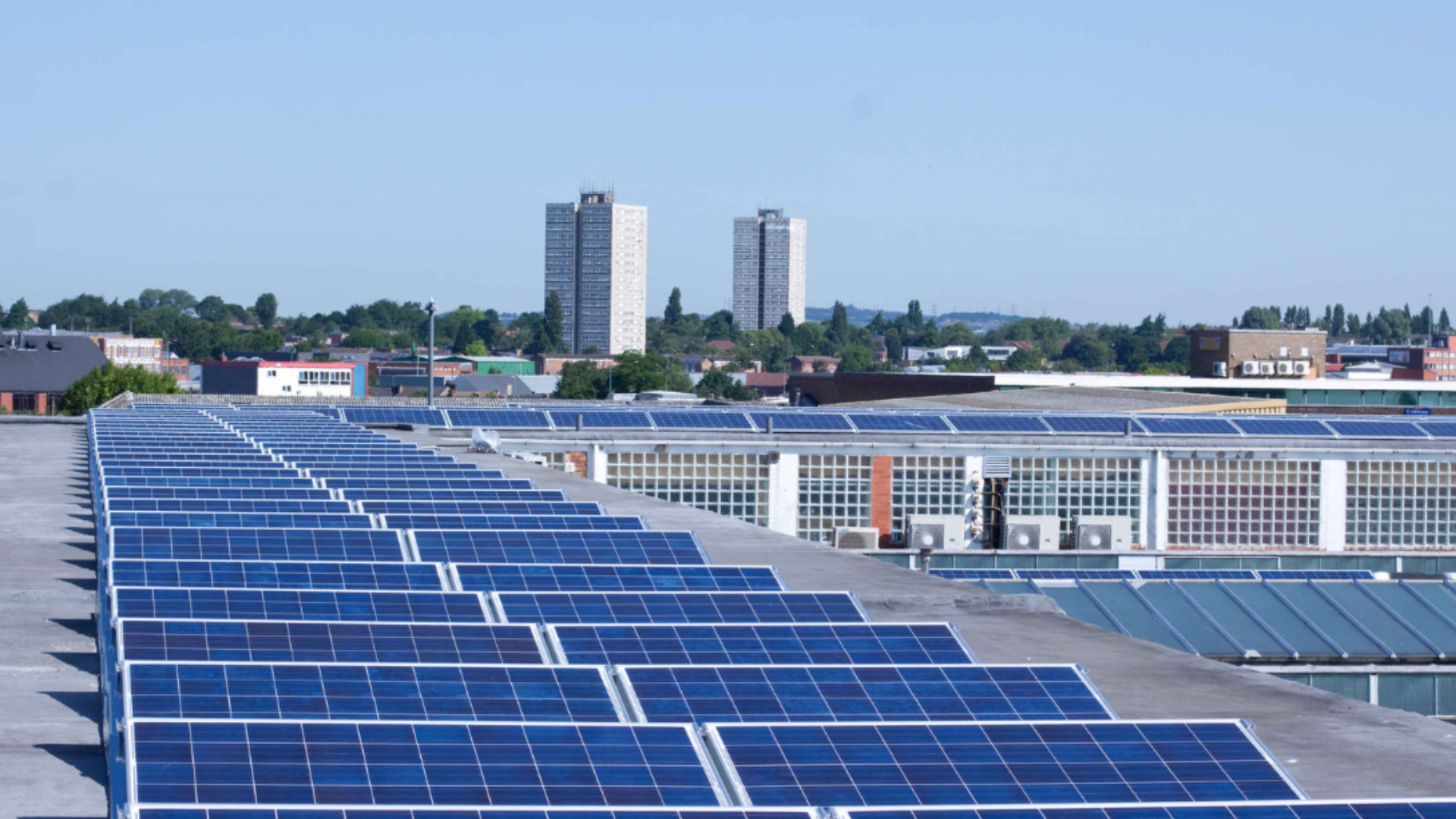As urbanization continues to accelerate globally, multifamily construction has become a pivotal component in addressing the growing demand for housing. The future of multifamily construction is being shaped by numerous trends and innovations, all aimed at creating more sustainable, efficient, and livable communities. This blog dives into the key trends and innovations poised to transform multifamily construction in the coming years.

Sustainable Building Practices
Sustainability is no longer just a buzzword; it’s a necessity. Multifamily construction is increasingly incorporating sustainable building practices to reduce environmental impact and improve energy efficiency. Key strategies include:
Green Building Certifications: Many multifamily projects are now aiming for certifications such as LEED (Leadership in Energy and Environmental Design) and WELL, which require adherence to strict environmental and health standards.
Energy-Efficient Systems: Incorporating advanced HVAC systems, energy-efficient windows, and high-quality insulation materials helps reduce energy consumption. Additionally, the integration of solar panels and other renewable energy sources is becoming more common.
Sustainable Materials: The use of sustainable building materials, such as recycled steel, reclaimed wood, and low-VOC (Volatile Organic Compounds) paints, is on the rise. These materials not only reduce the carbon footprint but also contribute to healthier living environments.
Prefabrication and Modular Construction
Prefabrication and modular construction are revolutionizing the way multifamily buildings are designed and constructed. These methods involve manufacturing building components in a controlled factory environment and then assembling them on-site. The benefits include:
Speed and Efficiency: Prefabrication can significantly reduce construction time, allowing for faster project completion. This method also minimizes on-site disruptions and delays caused by weather or other unforeseen factors.
Cost Savings: By streamlining the construction process, prefabrication can lead to substantial cost savings. Additionally, the precision of factory manufacturing reduces material waste.
Quality Control: Factory-controlled environments ensure higher quality and consistency in building components, leading to more durable and reliable structures.
Smart Home Technology
The integration of smart home technology in multifamily construction is enhancing the convenience, security, and energy efficiency of residential units. Key innovations include:
Smart Thermostats: These devices allow residents to control heating and cooling systems remotely, optimizing energy usage and reducing utility bills.
Automated Lighting: Smart lighting systems can be programmed to adjust based on occupancy and natural light levels, improving energy efficiency and comfort.
Home Automation Systems: Comprehensive home automation platforms enable residents to control various aspects of their home, from security systems to entertainment, through a single interface.
IoT Integration: The Internet of Things (IoT) connects various devices within the home, creating a seamless and integrated living experience. For example, smart appliances can communicate with each other to optimize energy use and maintenance schedules.
Mixed-Use Developments
Mixed-use developments, which combine residential, commercial, and recreational spaces, are becoming increasingly popular in multifamily construction. These developments offer several advantages:
Convenience and Accessibility: Residents have easy access to shops, restaurants, offices, and entertainment venues, reducing the need for long commutes and enhancing the quality of life.
Community Building: Mixed-use developments foster a sense of community by providing shared spaces where residents can interact and socialize.
Economic Viability: Combining different types of spaces can enhance the economic viability of a project by attracting a diverse range of tenants and customers.
Co-Living Spaces
Co-living spaces are an emerging trend in multifamily construction, particularly in urban areas where housing costs are high. These spaces offer:
Affordability: By sharing living spaces and amenities, residents can reduce their overall housing costs.
Flexibility: Co-living arrangements often come with flexible lease terms, catering to the needs of transient or temporary residents.
Community Engagement: Co-living promotes social interaction and networking among residents, creating a sense of community and belonging.
Advanced Construction Technologies
The adoption of advanced construction technologies is enhancing the efficiency, accuracy, and safety of multifamily construction projects. Key technologies include:
Building Information Modeling (BIM): BIM is a digital representation of the physical and functional characteristics of a building. It allows for better collaboration among stakeholders, improved project visualization, and more accurate cost estimation.
Drones: Drones are being used for site surveys, inspections, and monitoring progress. They provide real-time data and high-resolution imagery, helping to identify issues early and streamline construction processes.
3D Printing: 3D printing technology is being explored for the construction of building components, such as walls and structural elements. This method can reduce material waste and labor costs while enabling complex and customized designs.
Robotics: Construction robots are being developed to perform tasks such as bricklaying, concrete pouring, and welding. These robots can work continuously and with high precision, improving productivity and safety on construction sites.
Resilient Design
Resilient design is becoming a critical consideration in multifamily construction, particularly in regions prone to natural disasters. Resilient buildings are designed to withstand and quickly recover from adverse events, ensuring the safety and well-being of residents. Key strategies include:
Structural Reinforcement: Using materials and construction techniques that enhance the strength and durability of buildings, such as reinforced concrete and steel frames.
Flood Mitigation: Incorporating flood-resistant materials and design features, such as elevated foundations and water barriers, to protect against water damage.
Seismic Design: Implementing seismic-resistant design principles, such as base isolation and energy dissipation systems, to reduce the impact of earthquakes.
Climate Adaptation: Designing buildings to withstand extreme weather conditions, such as hurricanes and heatwaves, through features like hurricane-resistant windows and advanced insulation systems.
Path Forward
The future of multifamily construction is poised for significant transformation, driven by sustainability, technology, and a focus on community and wellness. As developers, architects, and builders embrace these trends and innovations, they will create more resilient, efficient, and livable multifamily communities. These advancements not only address the growing demand for housing but also contribute to the overall betterment of urban living, making cities more vibrant and sustainable places to live.
Latest Insights
Stay informed on the latest trends and insights in the areas of Commercial Construction and Net-Zero Energy.
Most Recent Posts
- All Post
- Net Zero News
- Company News



